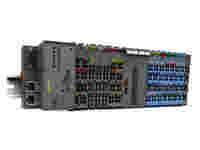Device Categories and Groups
Which resources are permitted for use in a zone can be derived from the specific operating equipment and in dependence on the zone allocation. In order to specify for which zone specific operating equipment may be used, the device group and category are relevant. The explosion protection zone in which the operating equipment may be operated is defined based on temperature classes and explosion groups.





